Flexible internal combustion engines - key to net-zero targets
The event was supported by the Embassy of Finland and was attended by key stakeholders in Vietnam’s energy sector, both public and private. The aim of the event was to share the latest developments in internal combustion engine (ICE) technology and highlight the benefits of having ICE technology in the capacity mix of Vietnam’s power system.
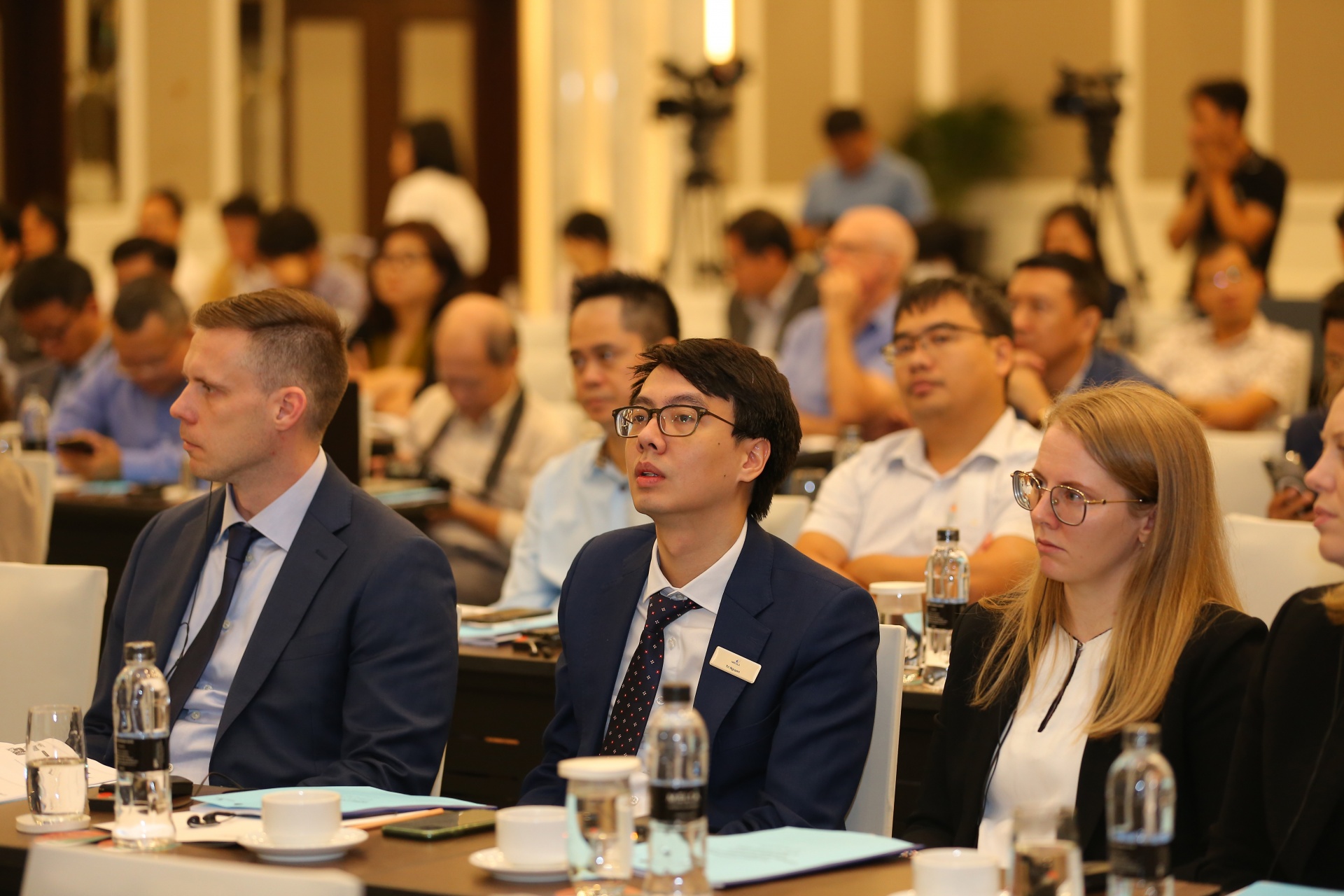 |
Experts at the seminar provided updates and insights into Vietnam’s current power system and the country’s cost-optimal roadmap to net-zero. According to Wartsila’s power system modelling, flexible technologies such as ICE can play a fundamental role in the energy transition by enabling the integration of increasing amounts of renewables.
In addition, technical experts from Wartsila presented a feasibility study to develop a 300MW ICE power plant which would provide the needed balancing of power in Vietnam’s energy system.
Director of Wartsila Energy in North and Southeast Asia Nicolas Leong shared, “Vietnam will add a large amount of new power generation capacity to meet the growing demand for electricity in the coming years. At the same time, Vietnam is committed to achieving its net-zero target by 2050 and we will see increasing amounts of renewables added to the power system. Our flexible ICE power plants and energy storage solutions will help Vietnam to accelerate the energy transition by balancing intermittent renewables and ensuring a stable and reliable grid.”
Balancing renewables is key
Vietnam’s power demand has been growing faster than in all other Southeast Asian countries – at around 10 per cent per year over the last decade. The latest draft of the Power Development Plan VIII (PDP8) in October indicated that renewable energy will account for 25 per cent of installed capacity in the power system by 2030 and the share of renewables will be increased significantly to 55 per cent by 2050 in order to achieve the net-zero target.
The draft PDP8 has also recognised the importance of having flexible assets in a highly renewable power system. The needed flexibility can be provided by various balancing solutions such as pumped hydro, battery energy storage, and flexible gas based on ICE technology.
Speaking about the role of ICE technology in Vietnam’s power system, Le Viet Cuong, deputy director of the Institute of Energy under the Ministry of Industry and Trade (MoIT) commented, "During the process of our consultation with the MOIT to develop the new national PDP8, one of the most important solutions that was proposed is to gradually increase the number of flexible sources in the power system. Flexible technologies have many advantages when implemented in the power system, such as quick start and stop, high baseload and peak load, low minimum load, and flexibility at the request of the power system operator."
In September, Wartsila published a report titled Rethinking Energy in Southeast Asia that modelled cost-optimal roadmaps to reach net-zero power systems in three Southeast Asian countries – Vietnam, the Philippines, and Indonesia.
The modelling highlighted the role of ICE technology and energy storage in reaching Vietnam’s net-zero target by 2050. Key findings of the report were that a combination of renewables plus flexibility – provided by ICE balancing engines and energy storage – can reliably meet Vietnam’s increasing power demand and that reaching net-zero is feasible with current technologies without the need to increase the overall power system cost.
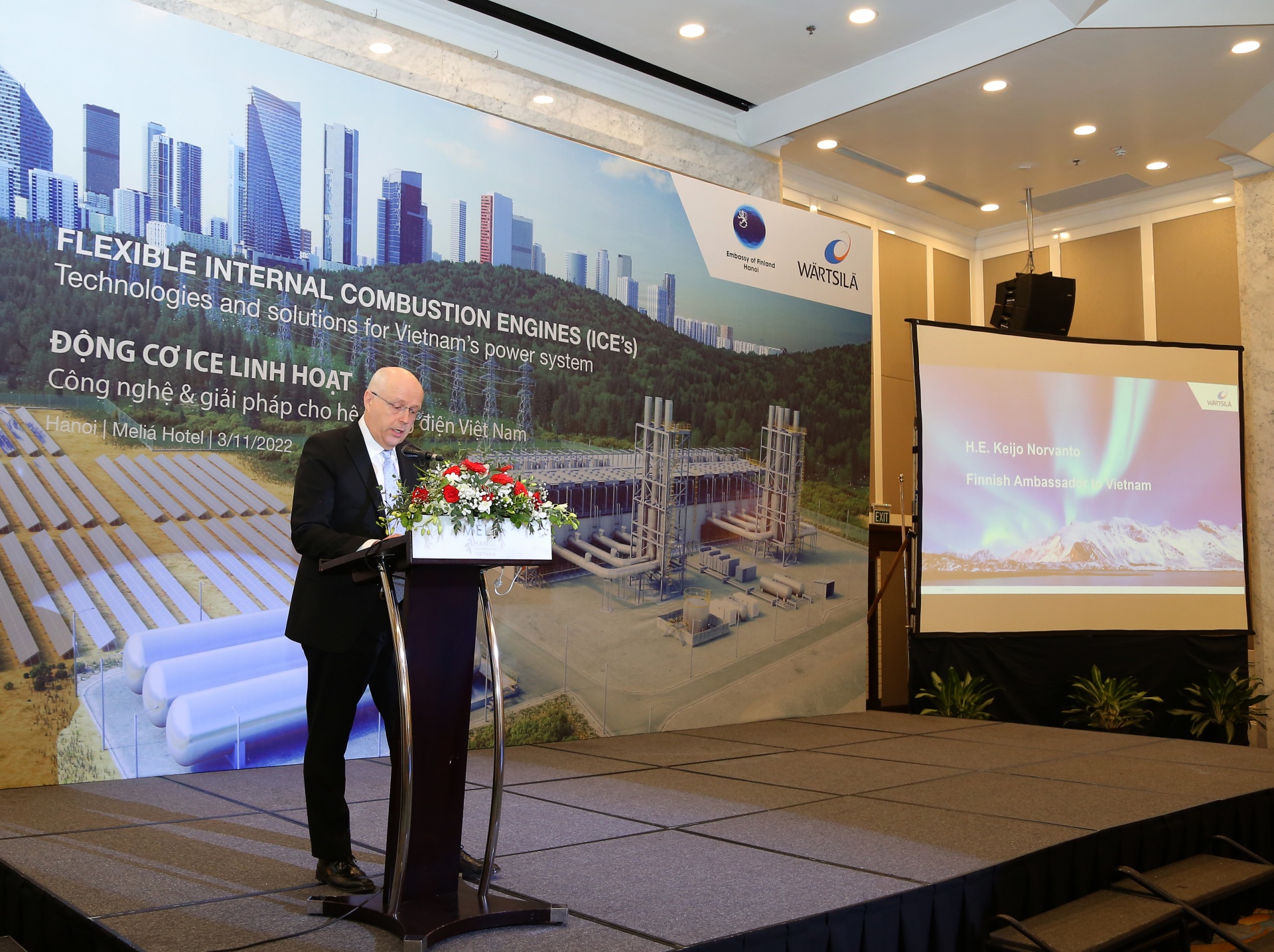 |
Finland’s Ambassador to Vietnam, H.E Keijo Norvanto said, “The Vietnamese government has committed to net-zero by 2050, and the power sector plays an important role in achieving this target. Vietnam's next national power development plan will be finalised in the near future with more emphasis on renewable energy development and the gradual phase-down of coal. This would be a very positive development in the power sector of Vietnam. Finnish technology providers such as Wartsila are looking forward to contributing to PDP8's implementation and supporting Vietnam in developing renewable energy, achieving net-zero targets, and ensuring energy security by providing the needed flexible technologies.”
Wartsila’s ICE power plants are modular in design and can be delivered on a fast-track basis – within 12 months – to provide the needed electricity quickly and ensure energy security.
At the same time, these plants are renowned for their high level of flexibility as they can synchronise to the grid in less than 30 seconds from start-up and reach full load in less than two minutes. Together with energy storage systems, ICE power plants can help support renewable energy integration, maintain system stability and reliability, and optimise the power system.
To date, Wartsila has delivered more than 76GW of ICE power plants in 180 countries.
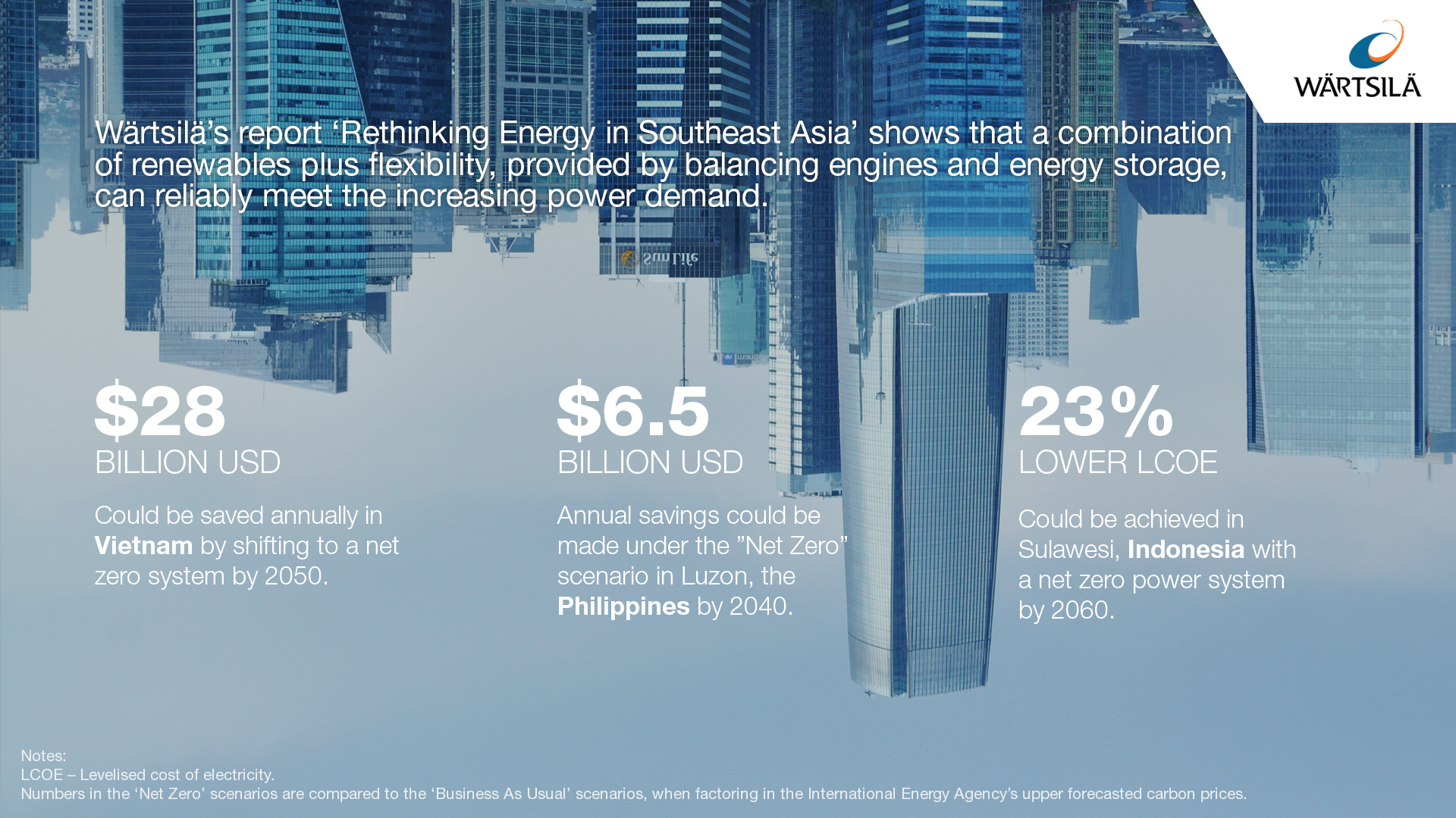 | Vietnam's smooth transition to net zero by 2050 Wärtsilä has revealed that renewable-based power systems, backed by grid balancing engines and energy storage, can enable Vietnam to reach net zero by mid-century whilst cutting the levelled cost of electricity (LCOE) by 20 per cent when taking into account future carbon taxes. |
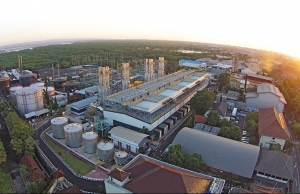 | Cost reductions possible with Wärtsilä’s expertise The energy market landscape is in transition and moving towards more flexible systems with a rapidly increasing share of renewables, declining inflexible baseload generation, and wider applications of storage technology. Jaakko Eskola, president and CEO of Finland’s Wärtsilä Corporation, told VIR’s Phuong Thu on how it can assist the country in achieving its renewables goals. |
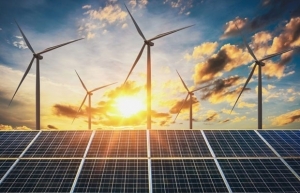 | Vietnam invests in 10 energy technologies Vietnam will invest in 10 energy technologies in the 2021-2030 period with a view to ensuring energy security for the country’s socio-economic development, as part of the “Research, Application and Development of Energy Technologies” programme. |
What the stars mean:
★ Poor ★ ★ Promising ★★★ Good ★★★★ Very good ★★★★★ Exceptional
Related Contents
Latest News
More News
- Vietnam’s forest carbon credits draw global interest (December 05, 2025 | 17:41)
- Coro Energy to launch BESS Pilot in Vietnam (December 04, 2025 | 15:12)
- Vietnam strengthens energy storage pathway (December 04, 2025 | 15:05)
- Women take leading role in agriculture and food systems (December 03, 2025 | 19:04)
- Experts highlight unpaid care work as key barrier to gender equality (December 03, 2025 | 15:15)
- Vietnam sets pace for dual transition in industry and trade (December 03, 2025 | 14:12)
- Harnessing technology for a sustainable future in Vietnam (December 03, 2025 | 12:17)
- Sustainability efforts on right track through policy and tech (December 03, 2025 | 12:05)
- Hanoi symposium highlights gender equality research and policy (December 03, 2025 | 12:00)
- The march to productivity and environmental sustainability (December 03, 2025 | 09:17)

 Tag:
Tag:






















 Mobile Version
Mobile Version